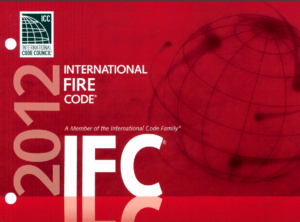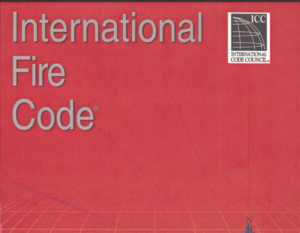The 1989 revision of the Indian Standard IS 1642 focuses on the fire safety of buildings, particularly emphasizing the importance of construction details to enhance fire resistance. Adopted by the Bureau of Indian Standards, it aims to outline the necessary fire safety requirements during the construction or renovation of buildings.
The standard specifies how building materials and structural elements should be designed to withstand fires for a designated period, often expressed in hours. This fire grading system helps in determining the suitable amount of materials and fire loads a building can accommodate, ensuring that the structure can resist fire without accelerating its spread. Critical to fire safety is preventing the rapid transmission of smoke and hot gases, which are often more dangerous than the flames themselves. The spread of these elements through openings like doorways and ventilators, which are hard to seal completely, poses significant risks.
IS 1642 lays out key measures such as ensuring that structural elements like floors and partitions have adequate fire resistance and that materials used in walls and ceilings do not ignite easily. The objective is to slow down the fire spread from one part of the building to another, providing occupants with more time to evacuate safely.
Furthermore, the standard prescribes using non-combustible materials for high-rise buildings over 15 meters in height and emphasizes the importance of robust fire-resistant barriers like walls and doors designed to contain fires within a limited area.
Overall, IS 1642 serves as a comprehensive guide for constructing safer buildings by focusing on fire resistance in the design phase, thereby minimizing potential loss of life and property due to fire. This code does not cover other fire safety measures like alarms or firefighting equipment, which are addressed in other related standards.






